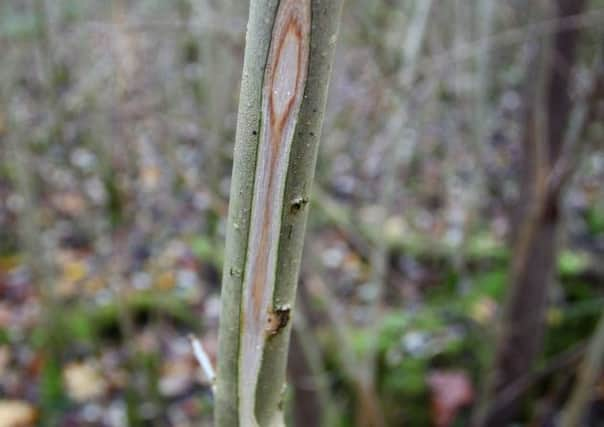Disease causes destruction of cemetery Ash trees


The news emerged at a meeting of Derry City Council’s Environment Services Committee last week as details of a survey on the recently planted trees identified symptoms of the disesase on the Ash plants. Council’s Biodiversity Officer notified the Department of Agriculture and Rural Development (DARD) of suspicions of infection in April and DARD conducted an inspection in May.
The infection is known as Chalara Fraxina and has caused a destruction order to be issued on the trees, including the roots, leaves and associated soil from the site and have the material destroyed by deep burial (greater than two metres), by this Friday, July 12.
Advertisement
Hide AdAdvertisement
Hide AdIt has also been ordered that since the landscape contractor appointed for the pahsed development of the cemetery sourced and planted the trees on site they will also be responsible for removing the infected material.
Council will oversee the destruction of the material to make sure it adheres to DARD guidelines.
Following on from this Council say they will survey mature ash trees, planted by them over five years ago display symptoms of the disease.
The disease was first reported in the Republic of Ireland in October last year and in Northern Ireland the next month-November, 2012.
Advertisement
Hide AdAdvertisement
Hide AdThe condition has now been located in various sites in Northern Ireland which were planted with Ash trees from the continent. The disease spreads via wind borne spores released into the atmosphere, rain splash, transmission by birds or people.